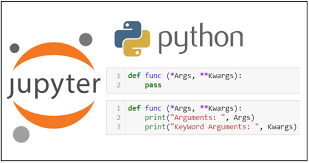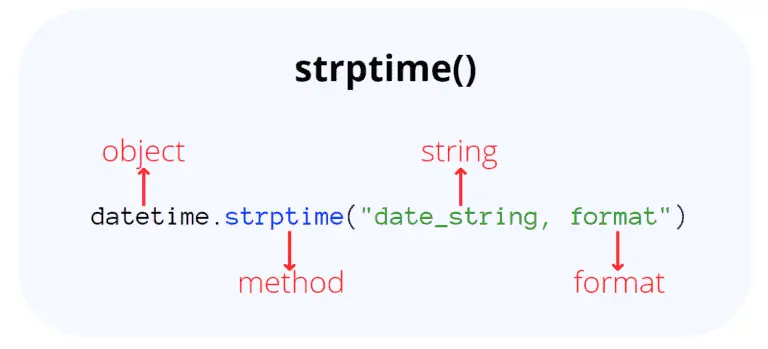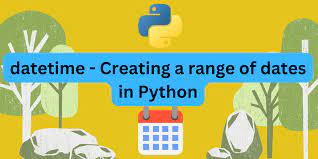In Python, *args and **kwargs are special syntax that allow you to pass a variable number of positional and keyword arguments to functions. They are often used when you want to create flexible and generic functions that can accept a varying number of arguments. Here’s an explanation of each: When using *args and **kwargs, keep…
Month: October 2023
Parsing a string date in python
Parsing a string into a datetime object in Python is a common operation when you have date and time information stored as strings and you want to work with them as datetime objects. You can use the datetime.strptime() method (which stands for “string parse time”) to accomplish this. Here’s how you can do it step…
iterating over dates in Python
let’s create a real-world example of iterating over dates in Python. In this example, we’ll write a program that generates a list of dates within a specific range and then performs some action for each date. For simplicity, let’s say we want to print the dates in a given month. We will use the datetime…
Python Linked lists
Linked lists are a fundamental data structure in computer science and can be used in various real-world scenarios. In this tutorial, I’ll provide a simple example of implementing and using a singly linked list in Python, along with best practices. Scenario: Imagine you’re building a music playlist application, and you want to create a playlist…
group the iterable
The itertools library in Python is a powerful tool for working with iterators and generators. While itertools itself does not provide a direct “group by” function, you can use it to achieve similar functionality by combining it with other Python functions and data structures. We’ll walk through a tutorial with a real-world example of how…





